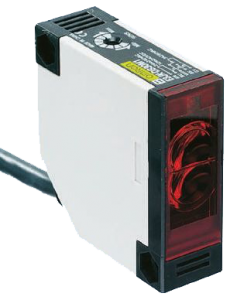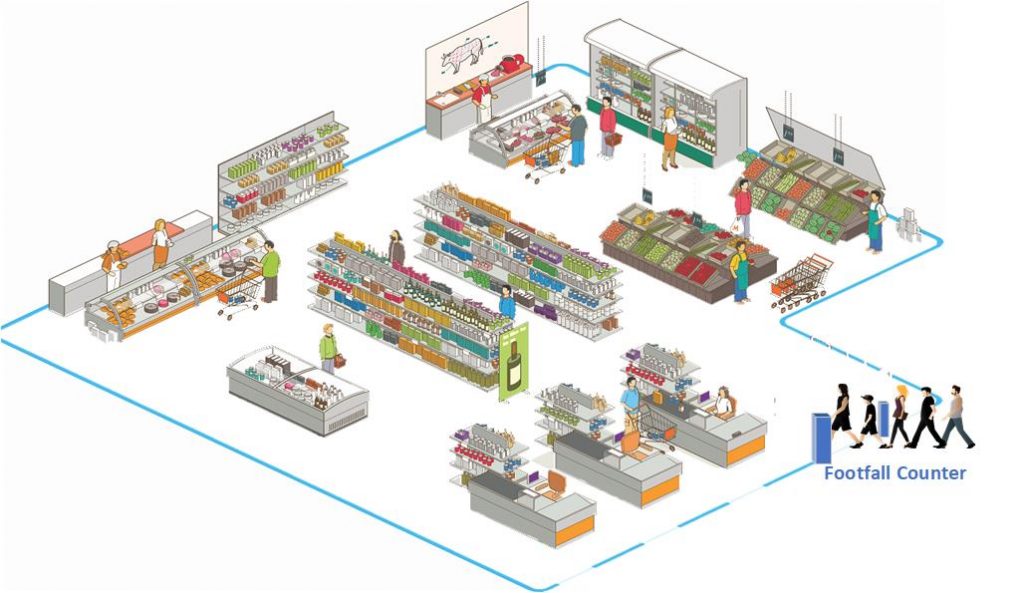Retail stores are dynamic environments that need careful observation to stay up to date with ever-changing customer actions. Finding a winning formula for retail analytics is an effortless process when people counting data is used to take operational and strategic decisions. Actionable retail analytics data enables retailers to arrange their store layouts, window displays and merchandising according to their performance. People counting is also crucial to managing the staff allocation in order to maximize customer satisfaction
Footfall measures the number of people who enter a shop or business in a period. When analyzing trends, the footfall is often averaged over periods such as days or week or specific location.
Whether theirs is a global brand, or an independent shop, all retailers want to know how many people have walked through the doors, since it shows where the sales opportunities lie. Counting store visits manually is impossible for all but the smallest firms, which is why successful retailers use real-time footfall analytics to drive conversions and track performance.
Store managers, and those in head office, can then build a detailed and accurate picture of store traffic hourly, daily, weekly, and year-on-year. It forms the basis of business-critical, operational and strategic decisions that improve merchandising and store displays, optimize staff resources and, most importantly, transform casual visitors into loyal customers.


Footfall analytics allows you to:
- Determine in-store activity
- Assess the impact, performance and success of marketing initiatives
- Tailor staffing schedules according to footfall patterns
- Improve store layout and ease customer navigation
- Optimize store performance
- Maximize sales potential
- Improve peel off rates
Benefits of footfall analysis
- Boost sales productivity and identify conversion rate profiles and patterns
- Improve performance by identifying weaker performing stores and implementing training programs
- Boost ROI by monitoring the success of marketing campaigns
- Gain a deeper insight by reviewing changes in sales volumes and the consequences of fluctuating footfall levels
- Make instant operational changes with real-time traffic data to boost conversion
- Instant access to accurate and reliable data for confident decision-making
How It works
Footfall counters are made up of a central system that keeps track of the number of people entering (and exiting) a physical space based on signals received from an array of sensors. For a small system, this can be a single sensor attached to a microprocessor. For larger systems, the solution usually entails setting up a central server connected to networked sensors that send updates in real time.


